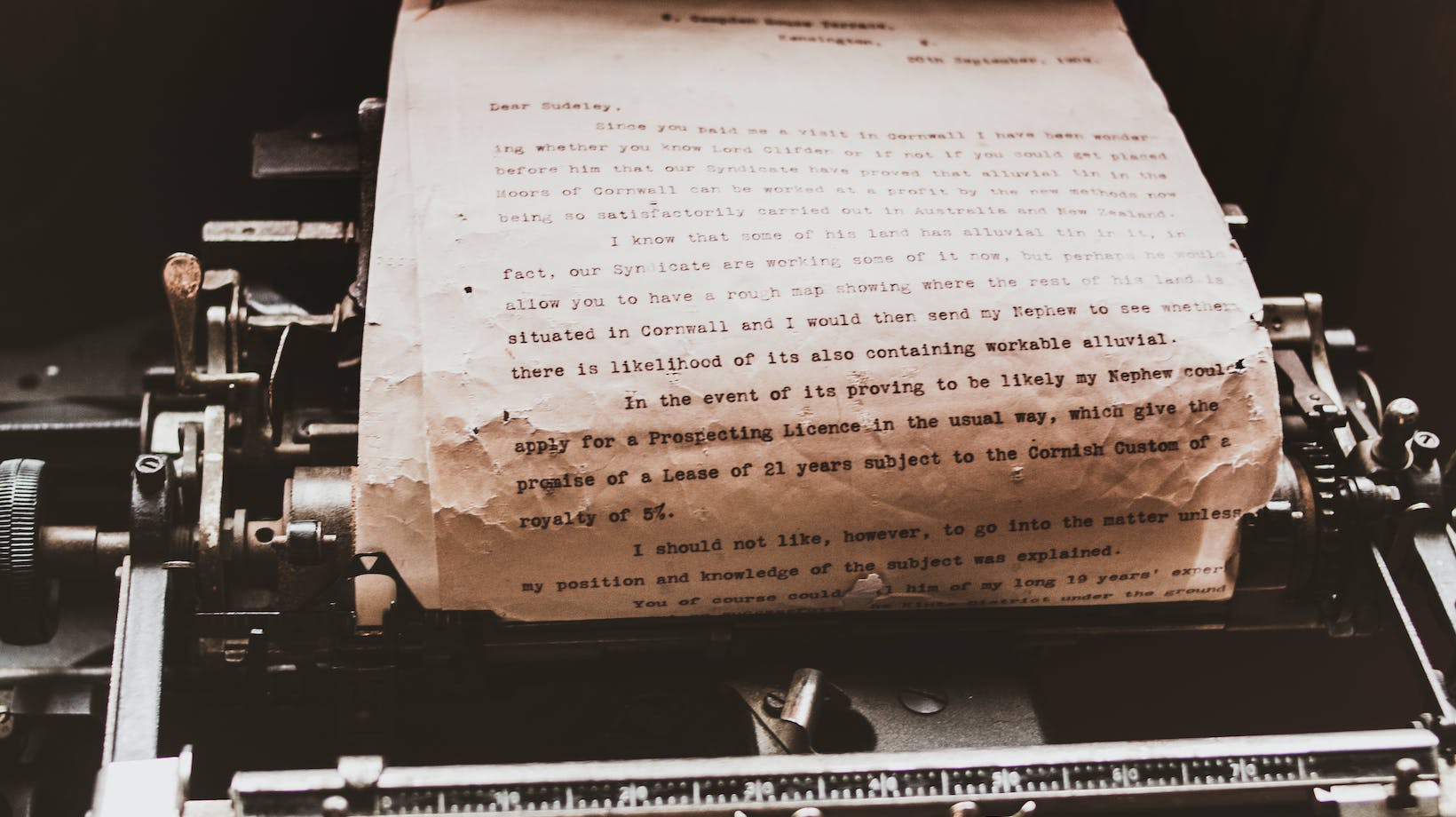Importance of Tone in Writing
Tone gives character to writing, asserting the author’s personality and viewpoint onto the page. A consistent tone can create a deeper bond between the reader and the text. The right tone can engage the reader, build anticipation, and elicit emotions.
Moreover, an inconsistent tone can cause confusion or disconnect for the reader. Imagine the jarring experience if a serious, scholarly article suddenly breaks into a casual, conversational tone. It’s equivalent to attending a formal event and observing someone behaving inappropriately casual. It disrupts the harmony, the expectations, and the overall experience.
In contrast, a book with a consistent tone feels smooth and balanced. Appreciating the author’s intentional use of tone can reveal subtleties and depth in the story. One might even argue that understating the tone is akin to understanding the soul of a literary piece.
In the end, recognizing an author’s tone isn’t just about picking up on their attitude or emotional state; it’s an essential part of comprehending and interpreting their work. It acts as a lighthouse, guiding readers through the sea of text towards the intended meaning of the author.
As we continue our exploration, we’ll examine how to determine whether an author maintains a consistent tone throughout their passage, or if it subtly shifts, and what implications these changes could have for the reader.

Does the Author use a Consistent Tone in the Passage
A key aspect of literary analysis is understanding the tone in a passage. It’s the author’s emotional perspective towards the subject. The tone could range from sarcastic, serious, humorous to informative, depending on the author’s intentions. When the reader grasps the writer’s tone, they’re better positioned to comprehend and interpret the underlying themes and statements in the literary work.
Identifying the Author’s Tone
Accurately identifying the author’s tone requires careful reading. It’s all about tuning into the nuances of the language and presentation of the narrative or argument. Does the author seem enthusiastic, cynical, hopeful, or enraged? Spotting adjectives, verbs, and images that carry emotional weight can help discern the tone. Sometimes, the author might use powerful imagery or bold declarations to drive home their point. This can reveal their attitude and offer clues to the tone.
Analyzing Word Choice and Sentence Structure
Word choice and sentence structure are essential elements in establishing the tone. The author’s diction defines the text’s tone. The use of casual expressions, sophisticated or scientific language, and the degree of formality can offer a clue to the author’s attitude towards the subject. Consider an author who uses long, complex sentences laden with detail compared to one who uses brief, straightforward sentences. Each choice brings about a different tone. Consistency in word choice and sentence structure throughout the passage maintains the same tone. However, a sudden shift in these elements can imply a changing tone.
Considering the Context
Understanding the context is critical in determining the tone. Word meanings can change depending on the context. A word used sarcastically indicates a different tone than when it’s used sincerely. Additionally, the historical, cultural, or social setting where the passage was written can influence the tone. For instance, a text written during a war might have a somber or patriotic tone, while a piece written in a time of peace might be more upbeat or contemplative. Delving into the context helps the reader to delineate the tone and interpret the author’s intentions accurately. Remember to keep these elements in mind when reading and interpreting literature. The tone, encapsulated through the author’s word choice, sentence structure, and context, can significantly influence how the reader perceives and understands the piece. The deeper your understanding, the richer your reading experience.
So, it’s clear that tone consistency plays a pivotal role in writing. It not only creates cohesion but also strengthens the bond between the author and the reader. Spotting a consistent tone may seem challenging, but with tools like Natural Language Processing software, it’s become easier. Moreover, maintaining a consistent tone isn’t a Herculean task. It’s all about keeping the main message in focus, using suitable language and diction, and not underestimating the power of revision and editing. By mastering these techniques, authors can craft coherent, compelling pieces that build credibility and trust with their audience.















